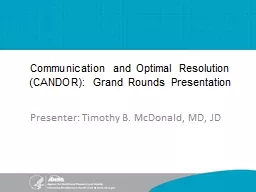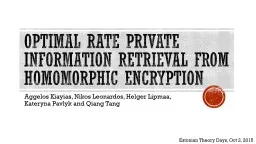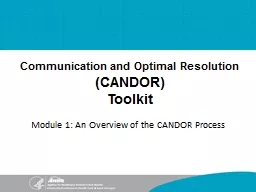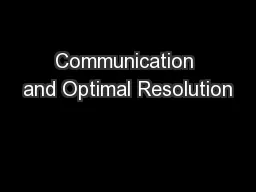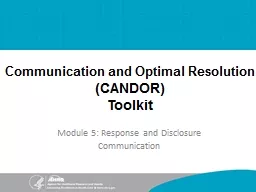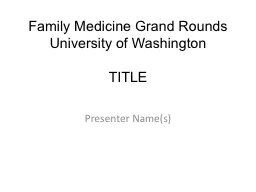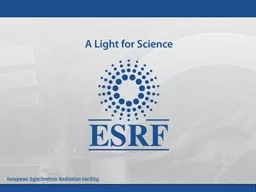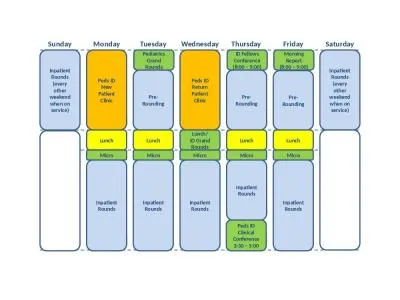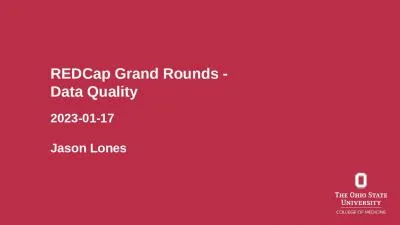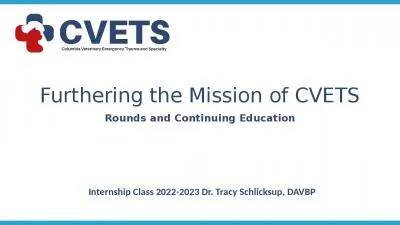PPT-Communication and Optimal Resolution (CANDOR): Grand Rounds Presentation
Author : cecilia | Published Date : 2021-12-09
Presenter Timothy B McDonald MD JD Do Less Harm Video 2 Module 1 Presentation Goals Highlight the gap between optimal response to medical injury and current practices
Presentation Embed Code
Download Presentation
Download Presentation The PPT/PDF document "Communication and Optimal Resolution (CA..." is the property of its rightful owner. Permission is granted to download and print the materials on this website for personal, non-commercial use only, and to display it on your personal computer provided you do not modify the materials and that you retain all copyright notices contained in the materials. By downloading content from our website, you accept the terms of this agreement.
Communication and Optimal Resolution (CANDOR): Grand Rounds Presentation: Transcript
Download Rules Of Document
"Communication and Optimal Resolution (CANDOR): Grand Rounds Presentation"The content belongs to its owner. You may download and print it for personal use, without modification, and keep all copyright notices. By downloading, you agree to these terms.
Related Documents

